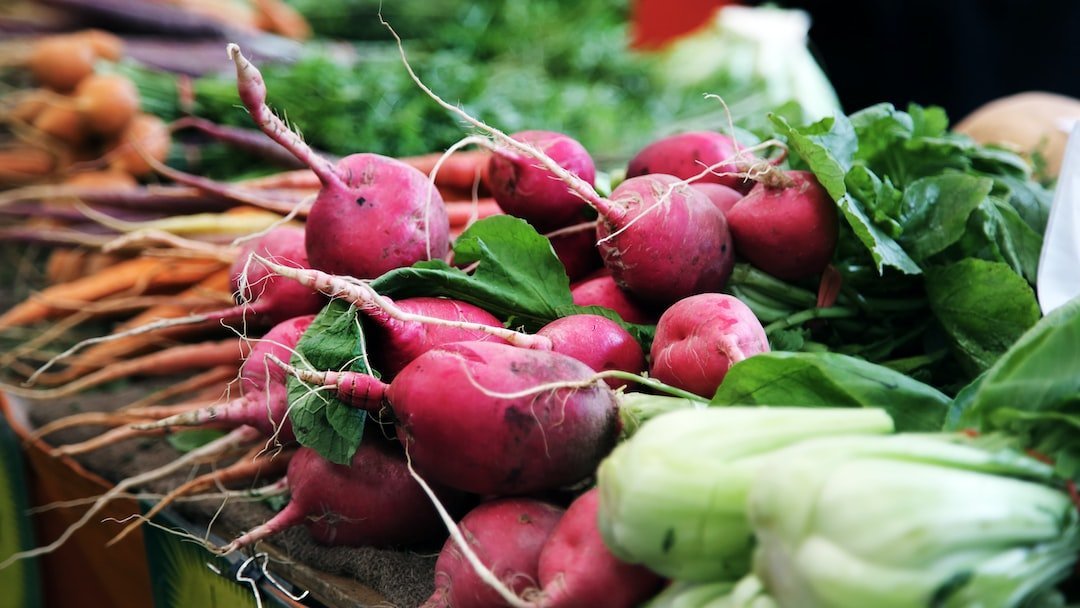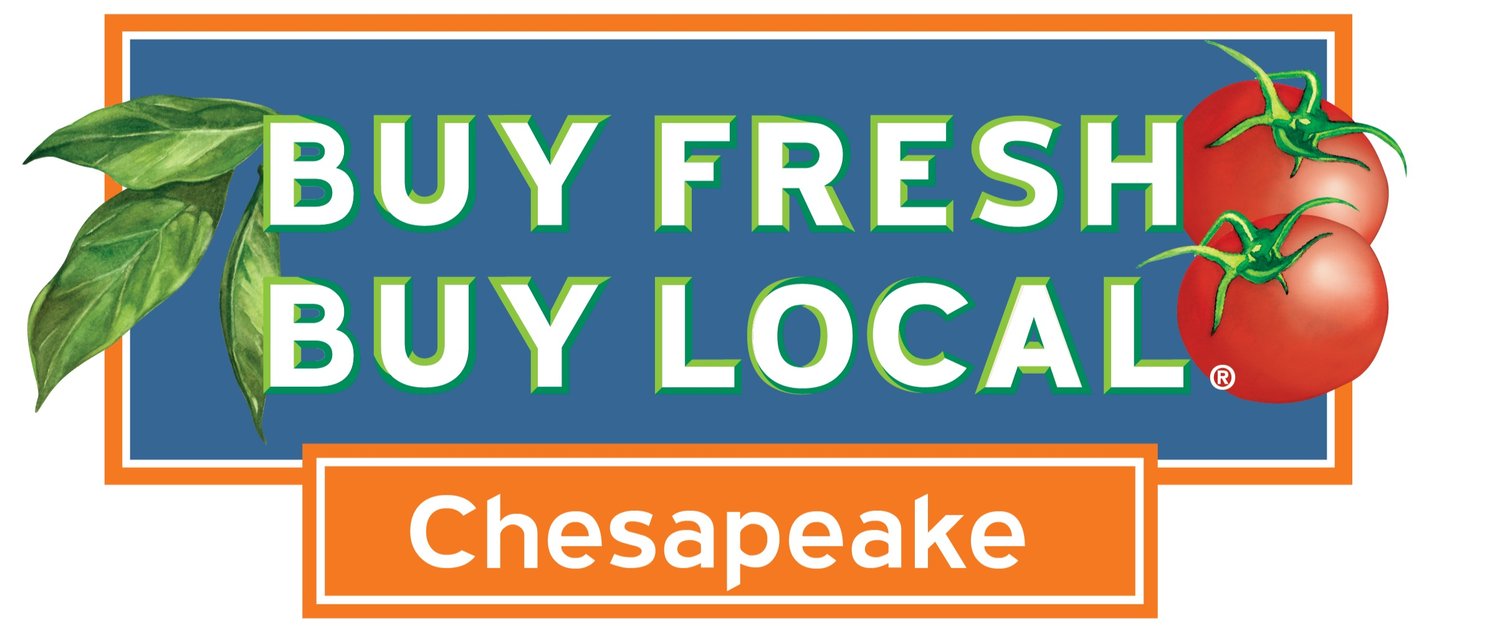Connecting Small Local Producers to Consumers Across Maryland & D.C.
Welcome to Buy Fresh Buy Local Chesapeake, where we're elevating Chesapeake Bay conservation efforts through local food. Join our movement as we explore the profound impact of local food systems on our environment. Together, we unite for clean waters by supporting local businesses, advocating for sustainable practices, and fostering transformational change in our communities. Join us on this journey to protect and preserve the Chesapeake Bay for future generations.
Find Local Food Near You
How can eating local save the Bay?
When you buy local food you are keeping local farmers farming, protecting their land with regenerative agriculture, and that means a healthier and cleaner Chesapeake watershed.

We are always looking for more local producers to add to our guide and map.
Photo Credits: Elissa Planz/CBF Staff





